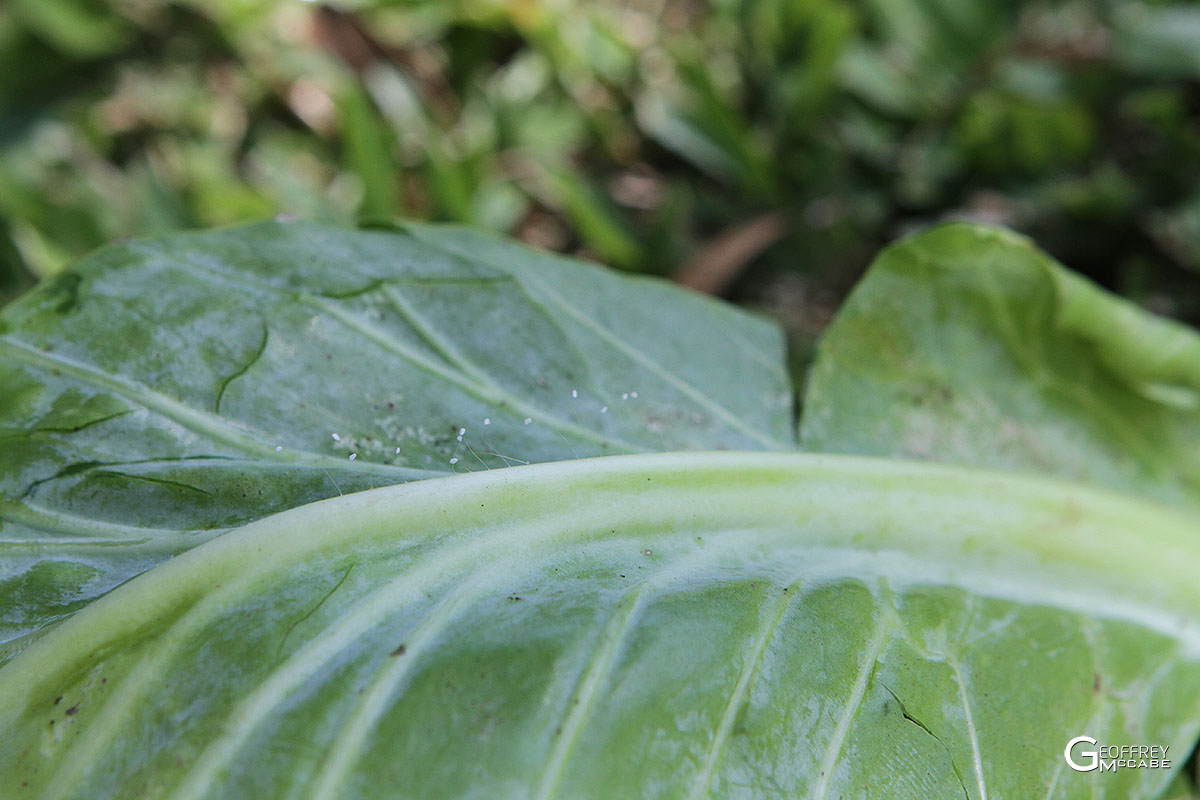Lacewing Insect – A Friend to the Tropical Gardener
An Insect Predator of Aphids and Caterpillars
 If you’ve lived in Costa Rica for a while, and you’re paying attention to the little things around you, then you may have noticed some tiny eggs on little hairs around your house or garden. I had seen them a few times and wondered what they were, but wasn’t particularly interested until a friend came to my house and noticed them. He explained to me that they were mosquito eggs, and he promptly wiped them away with his finger to help me out. After being here for ten years, I’ve learned that almost everything that everyone tell me about animals, bugs, and plants is wrong, so I decided to do a bit of research with the help of the Google Image Search.
If you’ve lived in Costa Rica for a while, and you’re paying attention to the little things around you, then you may have noticed some tiny eggs on little hairs around your house or garden. I had seen them a few times and wondered what they were, but wasn’t particularly interested until a friend came to my house and noticed them. He explained to me that they were mosquito eggs, and he promptly wiped them away with his finger to help me out. After being here for ten years, I’ve learned that almost everything that everyone tell me about animals, bugs, and plants is wrong, so I decided to do a bit of research with the help of the Google Image Search.
As it turns out, these eggs are not from mosquitos, but from an extremely beneficial insect called a Green Lacewing. Here in Costa Rica, these insects grow to around two inches long. They are nearly invisible on a plant because their four wings are very lace-like and their green camouflages so well.
The Aphid Wolf
 Sometimes called an Aphid Wolf or Aphid Lion, the lacewing larvae are voracious predators of aphids and caterpillars, two soft-bodies bugs that typically terrorize organic farms. The larvae have hairs on the back of their backs that help them to collect debris, or sometimes the bodies of their dead aphid prey, and this camouflages them from birds and other predators that would take them as a snack. I’ve seen them several times in Costa Rica and wondered what they were.
Sometimes called an Aphid Wolf or Aphid Lion, the lacewing larvae are voracious predators of aphids and caterpillars, two soft-bodies bugs that typically terrorize organic farms. The larvae have hairs on the back of their backs that help them to collect debris, or sometimes the bodies of their dead aphid prey, and this camouflages them from birds and other predators that would take them as a snack. I’ve seen them several times in Costa Rica and wondered what they were.
Reading about lacewing larvae has made me wonder if this is perhaps a solution to our mysterious ants that prowl so many of our plants. I’ve watched them for great lengths and they never seem to do anything but wander. Perhaps they are searching for lacewing larvae, because apparently some species of ants will protect aphids from predators, so that the ants can harvest the aphids for a liquid they use to grow fungal food in their nests. The next time I see one of these larvae, I’ll place it on a plant near these ants to see what they do.
Biological Pest Control
In some countries, lacewing eggs can be purchased by the thousands and the larvae will hatch to eat aphids and caterpillars on a farmer’s crops. I’m not sure whether it’s possibly to buy them in Costa Rica, but considering that a single lacewing larvae can eat up to 100 aphids per weak, it sounds like a great idea to me. If anyone knows where to buy them in Costa Rica, please let me know!One of the difficulties of living in a small country like Costa Rica is the difficulty of obtaining things like this. Obscure, niche products are just not available here, and Costa Rica is very strict about the import of living organisms of any type, wanting to protect its natural heritage. Of course that does open up an opportunity for someone local to develop an industry, and lacewings sounds like a good idea, since ladybugs don’t live in Costa Rica.
More about Lacewings
Wikipedia – Lacewing info

















